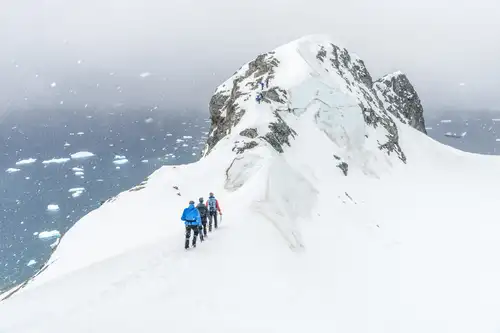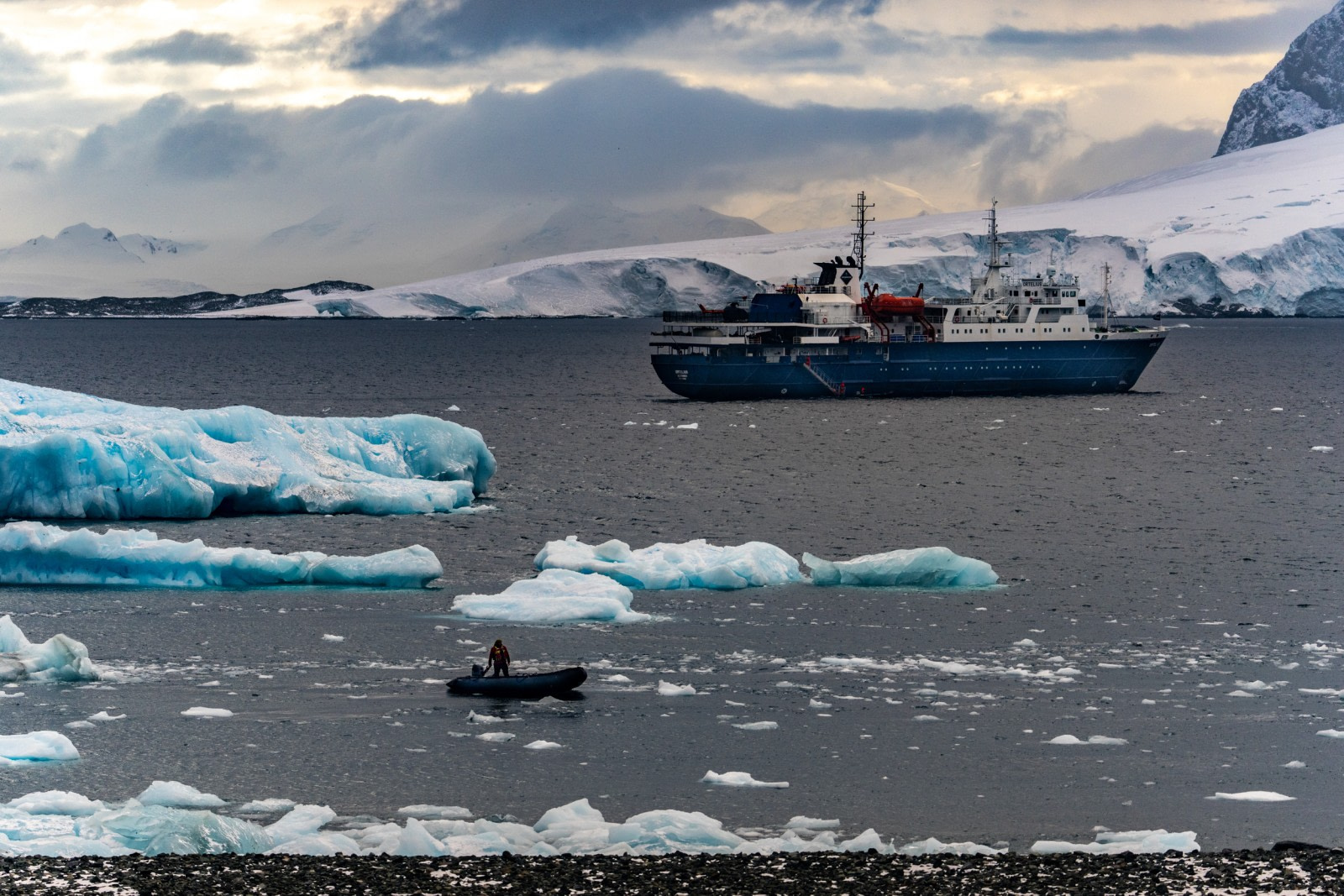You’ve decided to book your dream trip – an adventurous Antarctica cruise that will give you a winning chance to see otherworldly environments, encounter exotic wildlife, and take part in activities that will spoil your inner explorer like nothing else.
But what’s the best Antarctic season to make this dream a reality?
Well, that’s sort of a trick question. Unless you’re a polar scientist who plans to overwinter at an Antarctic research station, you can actually only go in the summer. Which, incidentally, is the best time for sailing, sightseeing, and animal watching.
In fact, due to the position of the White Continent at the farthest reaches of the Southern Hemisphere, there are only two seasons in Antarctica: summer and winter, and they occur at the exact opposite time as in the Northern Hemisphere.
Here we’ll discuss why that matters to your Antarctica cruise.

Antarctic summer (October to March)
Our earliest voyages to Antarctica begin in late October, taking advantage of the austral summer weather. Temperatures at this time are becoming milder, spanning from -2°C to 8°C (28°F to 46°F) in our most visited areas along the Antarctic Peninsula.
Sea ice is also starting to shrink by October and November, which allows us to sail into more areas. Local wildlife like seals, penguins, and other seabirds are beginning to breed during the Antarctic summer, filling out their colonies with young.
Then there’s the question of daylight. The Antarctic summer affords us ample hours of sunlight, and in December the daylight is nearly continuous. This gives us more time to make landings, and conditions are better for taking that perfect humpback pic.
Our Basecamp Antarctica cruise, for example, is all about outdoor activities (kayaking, mountaineering, camping, and more) and would be impossible to do in any other season. Even our Weddell Sea helicopter trips to Snow Hill Island would be pointless, since the weather would be too severe and the colony mostly inactive.
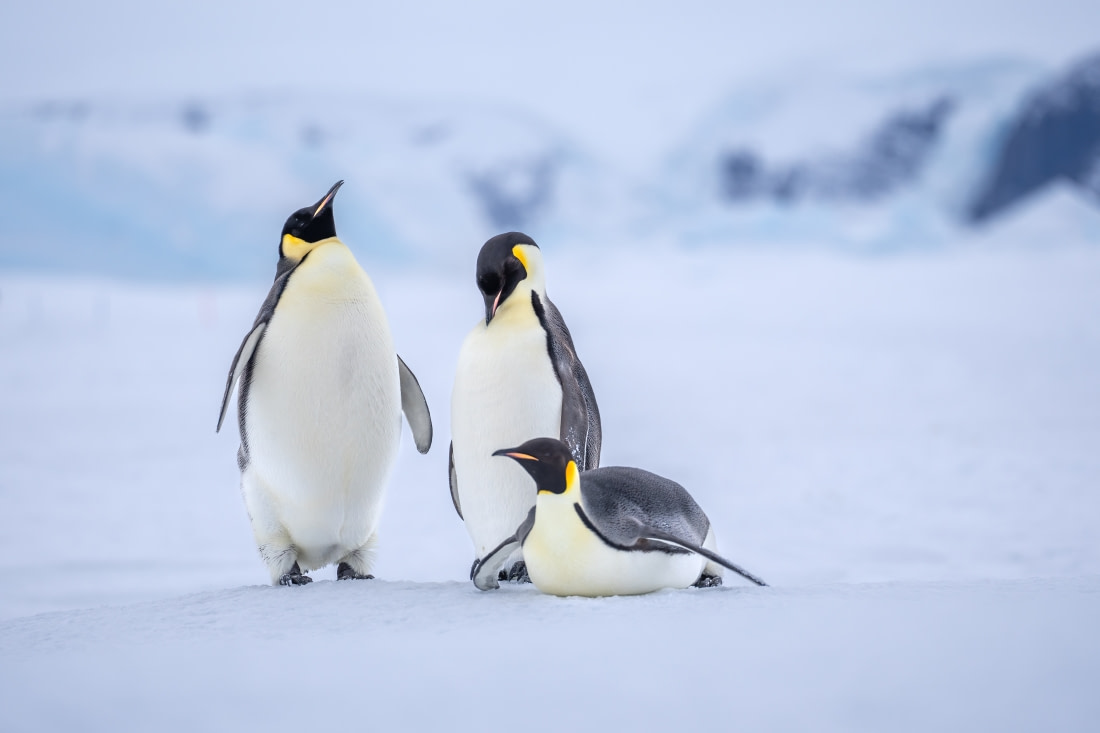
Antarctic winter (April to October)
Remember what happened to Jack Nicholson in The Shining (1980) after he got lost in the hedge maze? That can easily be the fate of an unwary traveler during the Antarctic winter.
Temps can plummet to a bone-chilling -80°C (-112°F), and extreme katabatic winds can make the environment feel colder than deep space. Antarctica is also cloaked in darkness during this season, with sea ice making sailing virtually impossible.
Sir Ernest Shackleton was one of many polar explorers who experienced this during his ill-fated but legendary Imperial Trans-Antarctic Expedition of 1914–1917, which led to one of the world’s most impressive rescues (and one of our favorite hikes).
The only people in Antarctica during the winter are scientists and station staff, as this is the best time to conduct certain types of research. But for those who want to enjoy rather than endure their trip to Antarctica, summer is the only way to fly.
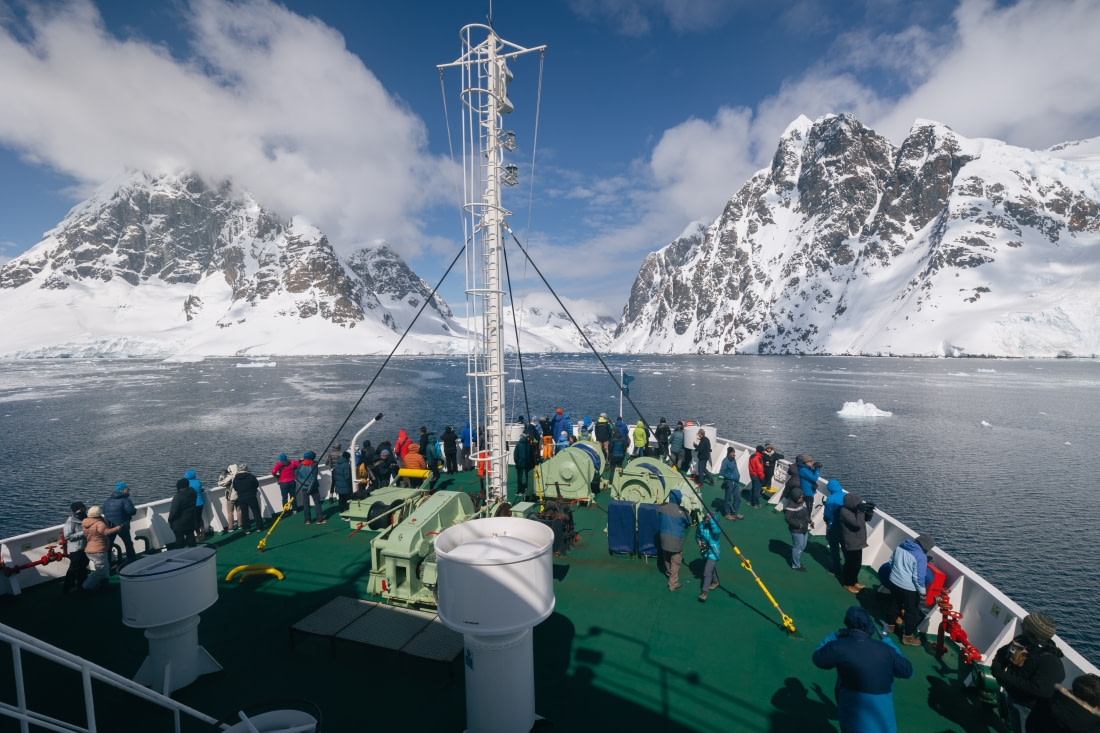
Why the travel season of Antarctica is so inflexible
Visiting Antarctica is not like visiting any other place. When you take an Antarctic cruise, you’re about as far from civilization (and modern medicine) as you can get. That means we can’t take chances with the safety of our guests or guides.
But not to sound grim – it’s also because the Antarctic summer, as we’ve illustrated, is just a better time to go in terms of activities, sights, and species.
Speaking of species, wildlife is one of the most important reasons to stick to a rigid schedule when it comes to Antarctic seasons. We plan our routes and landings carefully so as to cause as little disturbance to animals as possible, and taking the winter off ensures the environment and its residents have a much-deserved break.
Besides, the Antarctic winter is also the Arctic summer, which means it’s time to look for polar bears, Arctic foxes, and walruses anyway.
Now that you know the ins and outs of Antarctica’s seasons, it’s time to put your education to use. Check out our long list of adventurous cruises, and book your once-in-a-lifetime expedition before the Antarctic travel season ends!
Blog


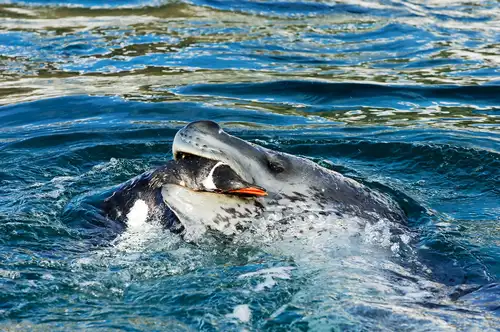
Danger Beneath the Water: 10 Facts About Leopard Seals

The bowhead whale, whaling about the Arctic

Traditional Lifestyles of the Inuit
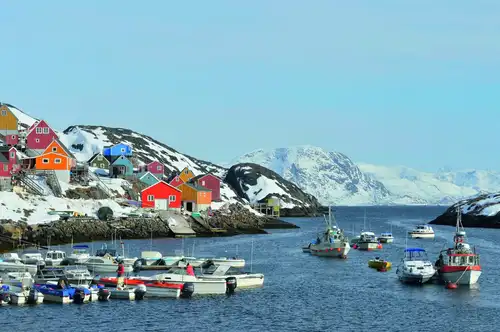
Amazing Greenland
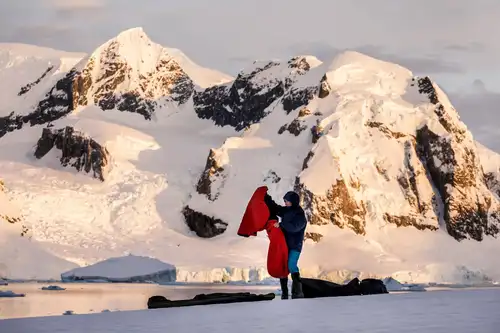
Camping in Antarctica: a True Expedition Experience

Not Eskimos: 10 Enlightening Facts About the Inuit
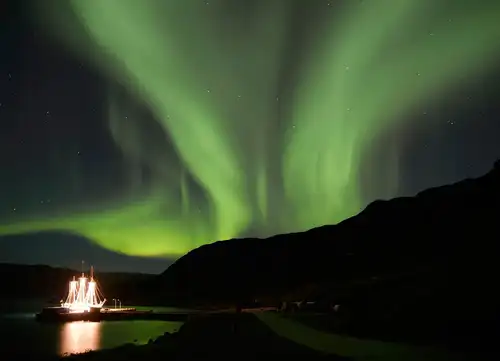
North Norway, Northern Lights, and All the Pretty Whales
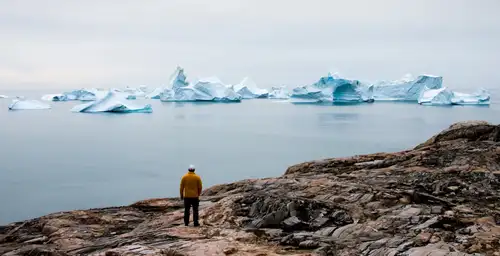
Tracking Greenland’s Wildlife from Space

Shackleton’s Push to the South Pole
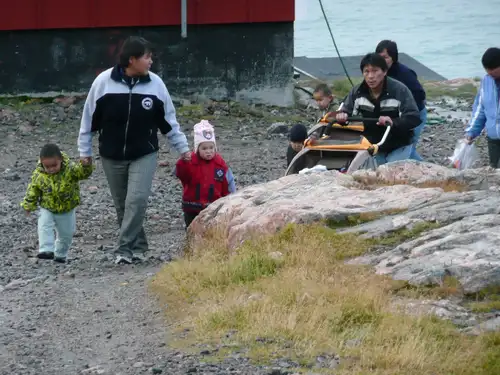
Greenlandic Inuit Beliefs
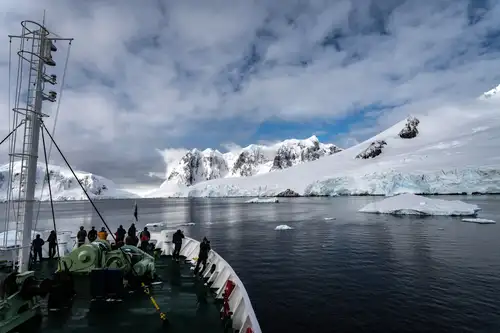
12 Things to Do in Antarctica
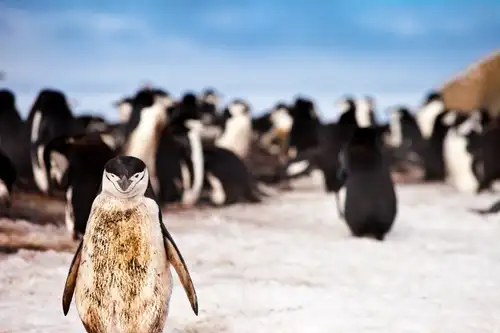
Seven Facts About Antarctic and Sub-Antarctic Penguins
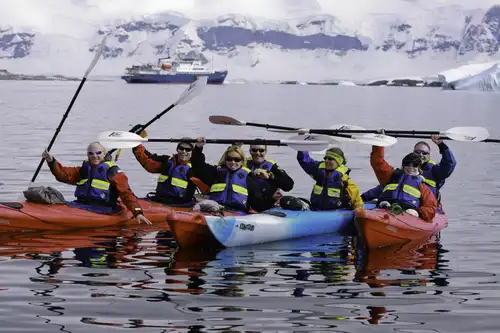
A Day of Basecamp in Antarctica – Paradise Harbour
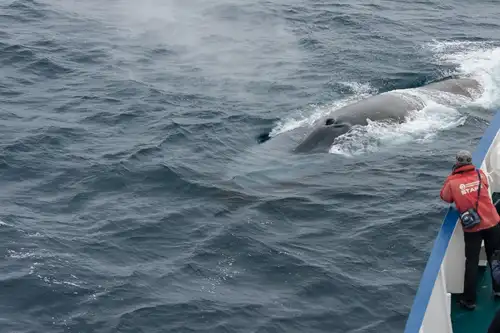
10 Bountiful Blue Whale Facts
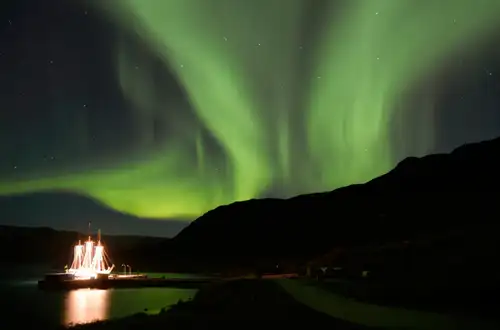
The Northern Lights dancing across the skies
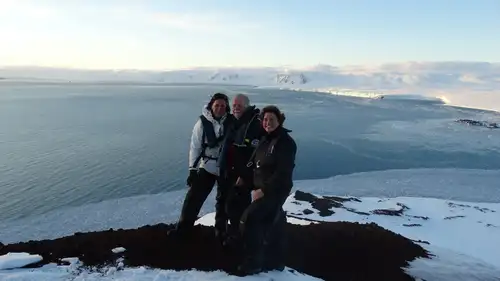
Polar Cruises: The Ultimate Icebreaker

Cheapest Antarctica Cruises: How to Save on Your Journey
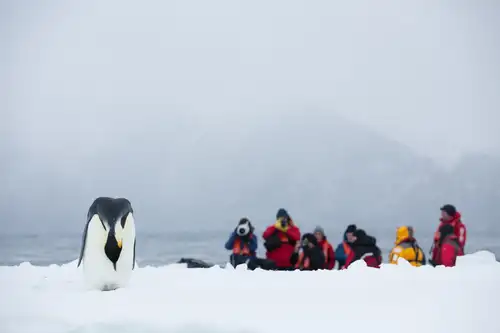
Five Reasons You Should Cruise the Ross Sea Immediately
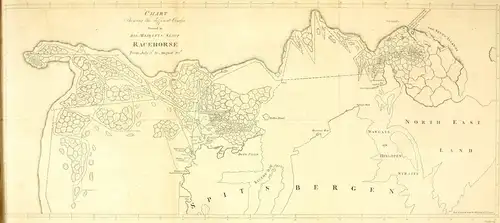
First to the North Pole: Five Failed but Brave Expeditions
